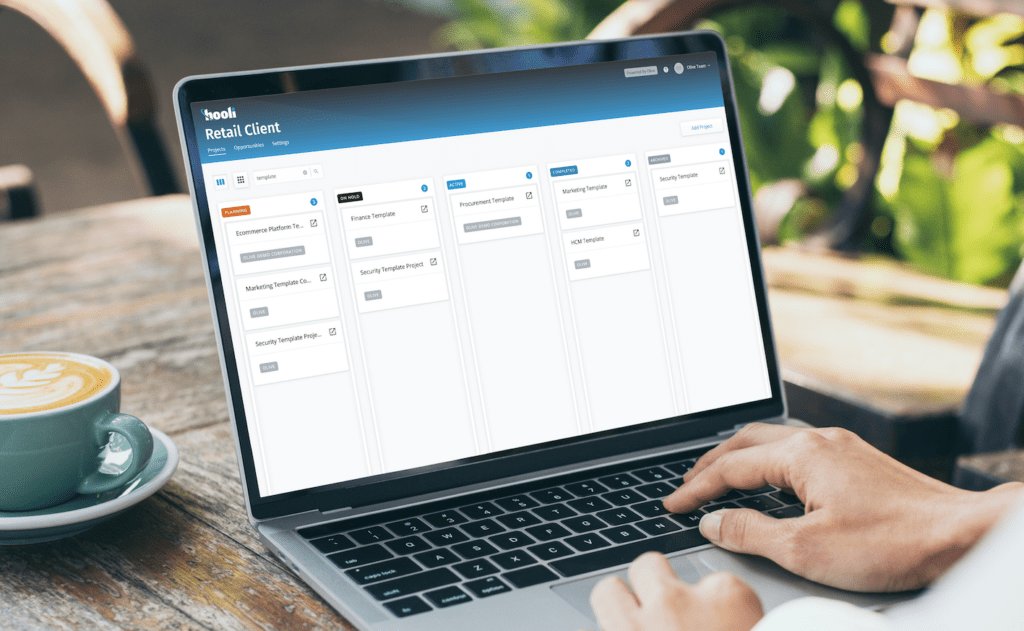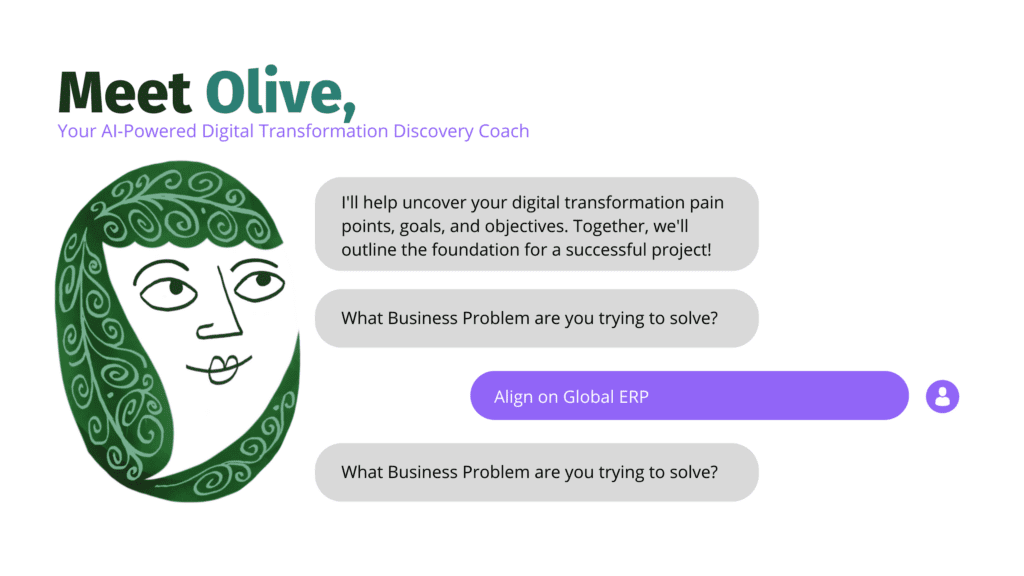What’s necessary for digital transformation in education?
“Education is the most powerful weapon you can use to change the world” – Nelson Mandela.
The COVID-19 pandemic has allowed us to glean many insights on what is working and what’s not for online learning. Since students and teachers around the world were forced into turn to technology to stay learning from home, educators have been researching ways to nurture digital transformation and find the right software to transform the way they educate. Education software and ed tech tools like Learning Management Systems (LMS)have shifted how learning happens.
It’s not a surprise that digital transformation trends made an impact on the education industry. From the kindergarten classroom, to the university lecture hall, digital transformation has permanently changed how educators reach their students. But this is not the first time a change has happened.
In his Ted Talk Reinventing Education for the Digital Age, David Middelbeck talks about how the world has always been in a race between technology and education. There have been many points in history when technology has raced ahead of education. One example is the invention of the printing press.
When Gutenberg built his press in the 15th century, books became cheaper and more readily available than ever before. Unfortunately, only a small fraction of the population knew how to read, which led to social conflict and inequality, until the entire educational system was reactively built to keep up with this technology.
In her article Disruptive Transformation – A Way To Change Higher Education, Barbara Kurshan says:
“digital transformation in higher education, as in corporations, will require patient, careful work with faculty, staff, students and other stakeholders if new higher education models are to take root and thrive.”
What are the digital transformation trends shaping the future of education?
A plethora of new ed tech startups have popped up during the pandemic. But how do you know what your organization needs?
Ultimately the best learning tools are those who meet the needs and expectations of the learners and educators using them. Schools, universities, and businesses have quickly adopted new digital technologies, hastily introducing Learning Management System (LMS) platforms, Student Information Systems (SIS), Classroom Management Software, Reference Management Software, and other relevant Tech Ed tools. As educational institutions frantically try to transfer learning materials to online materials, Cameron Mirza, MENA Director for Nottingham Trent University, wonders:
“Perhaps this is the time to pause and take a longer-term view of how higher education could innovate and transform itself.”
Mirza notes that during the COVID 19 pandemic, operating like this was logistically necessary. Long term, there is an opportunity to transform the digital education landscape.
“hack higher education both at speed and scale to transform the sector beyond traditional outcomes and demographics. To move the sector to a more blended or fully digital experience.”
How to leverage learning technology solutions for digital transformation in education
Tech Ed Tools like Learning Management System (LMS) platforms, Student Information Systems (SIS), Classroom Management Software, and Reference Management Software make it easier for educators to bring their classrooms online with the flexibility to switch between in-person and remote learning. With the right Learning Technology solution, educators can take attendance, deliver virtual instruction, assess student work, and communicate with students and their guardians.
Not every LMS is created equal, however. Like any software, app, or online platform, some will cater to the educational institution’s needs more than others. There are many important considerations, especially with security and privacy. When buying ed tech, ensure that you are doing so in collaboration with key stakeholders; educators, program designers, and end users should all contribute to the software selection process.
How to find the best LMS, SIS, Classroom Management Software, or Reference management software
46% of organizations and educational institutions are only ‘somewhat satisfied’ with their LMS.
There are more than 700 LMS solutions in the market today. It would take years to check out each one.
By using a software evaluation platform like Olive, you can quickly sift through all the learning management systems or any other digital learning tools in the space, based on how these Ed Tech tools meet your organization or educational institution’s needs. With Olive, you can work collaboratively in teams to capture all stakeholder’s requirements and rank them accordingly.
Olive takes this info and lets you quickly filter out vendors who don’t meet your needs and ensures concerns such as how to defend against potential cyber threats, and that vendors or providers are compliant with specific educational regulatory obligations.
Making the best choice on any Educational Software like an LMS can be overwhelming, considering we are at the forefront of this new technology’s mass use. Olive allows you to take the best practices of digital transformation, and shorten the process to discover the best Tech ed vendors that meet your needs, and make the best long term choice, and be at the forefront of Digital Transformation in Education.
Further reading
The Software Selection Process
Finding the right LMS for your organization’s needs
Acknowledgments
Tackling 3 obstacles to digital transformation in education
Disruptive Transformation – A Way To Change Higher Education
How COVID-19 can Reinvent Higher Education




